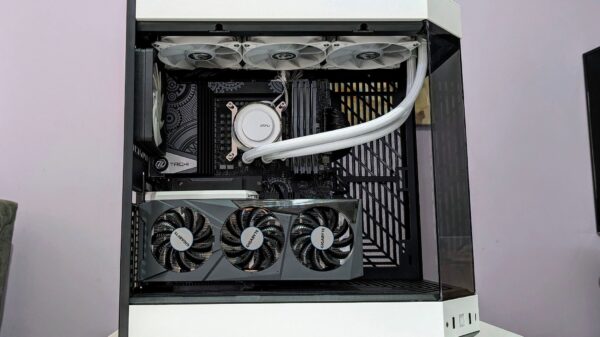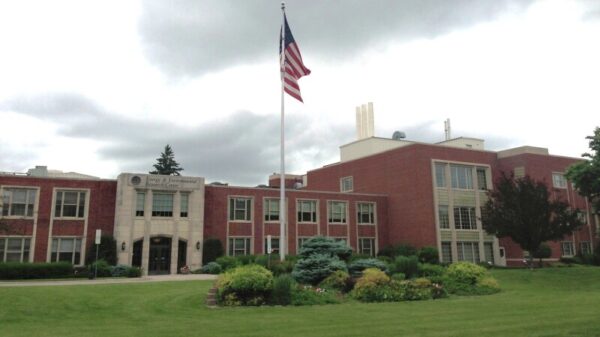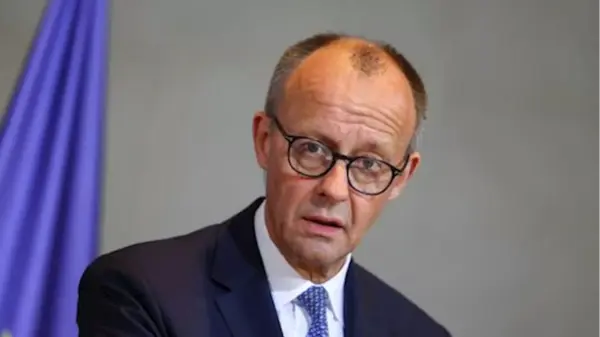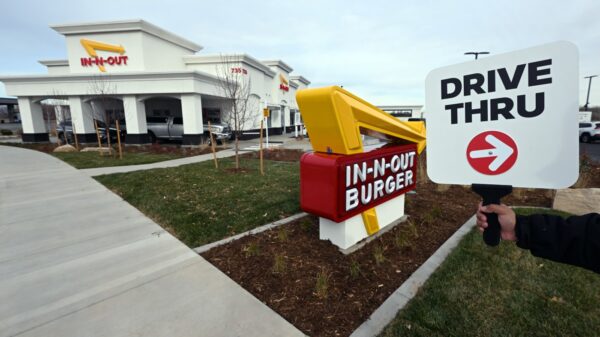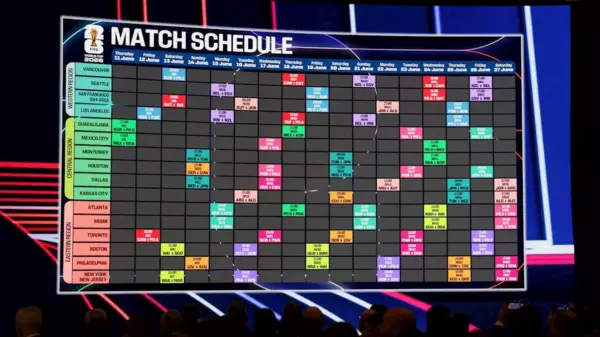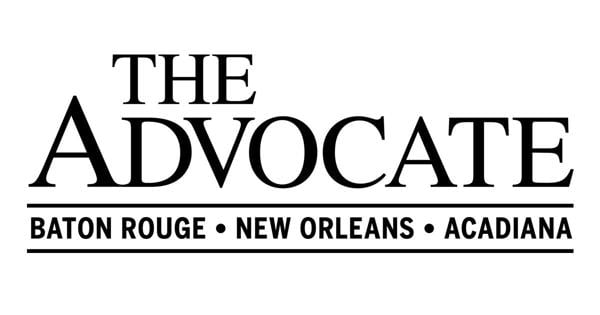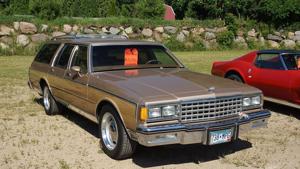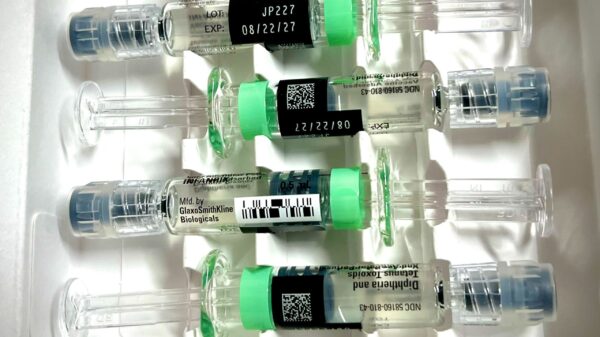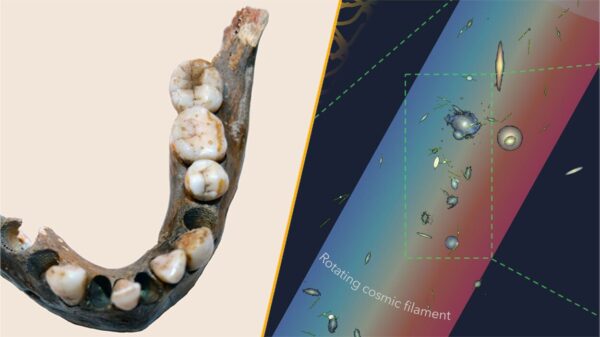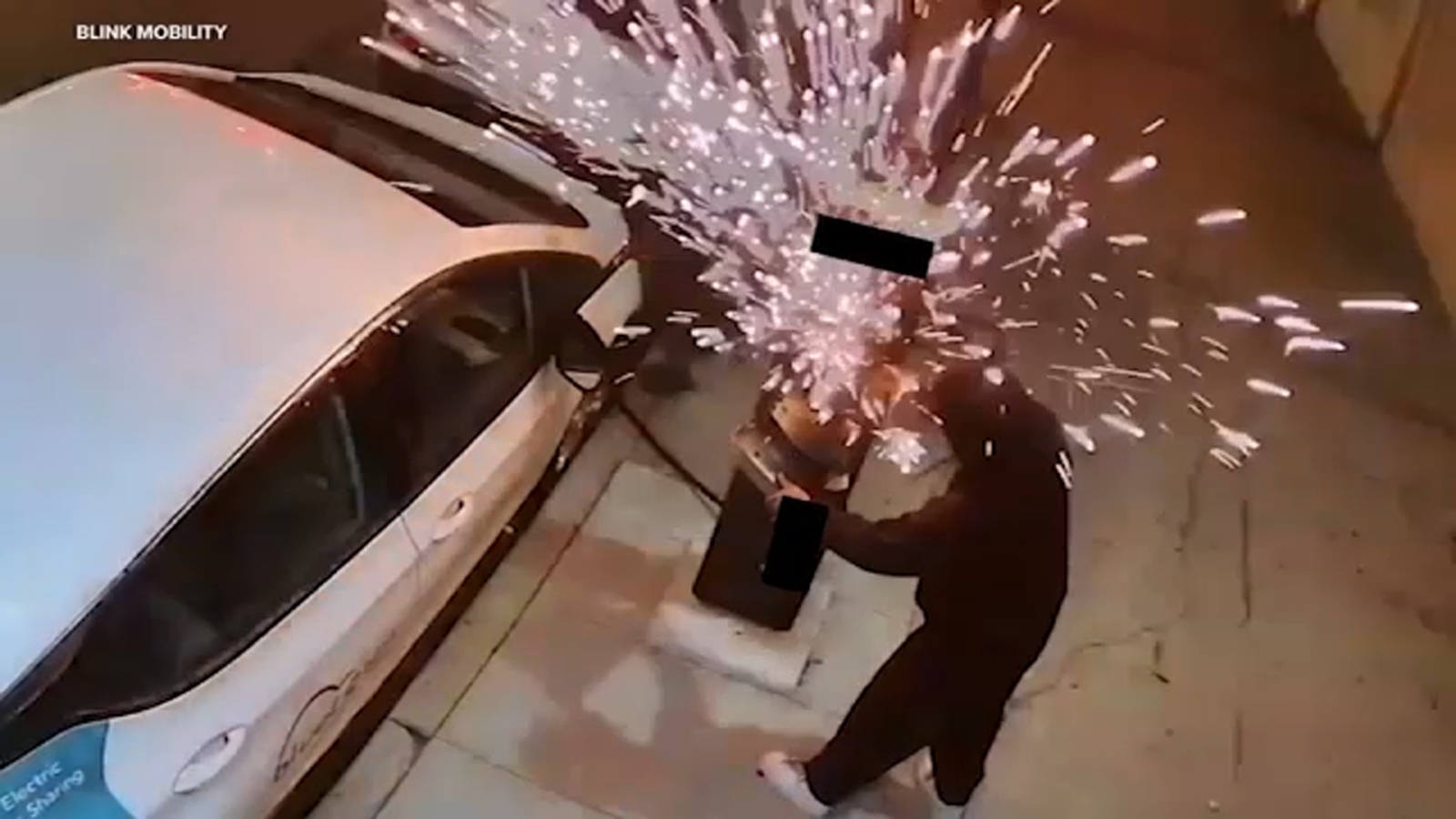URGENT UPDATE: Copper wire thieves are targeting electric vehicle (EV) chargers across Los Angeles, threatening the city’s ambitious zero-emissions goals. In a worrying trend, criminals are cutting cords and breaking into EV chargers, causing significant damage and expensive repairs.
Authorities report a surge in vandalism as thieves exploit the rising market value of copper. This disturbing trend raises concerns just as Los Angeles gears up for the 2028 Olympic and Paralympic Games. “We don’t want to show the world a city where EV chargers are rendered useless,” stated Matt Peterson, CEO of the L.A. Cleantech Incubator (LACI).
The scale of the problem is alarming. The greater Los Angeles area currently boasts 60,630 public and workplace EV chargers. With more chargers being installed, they are becoming increasingly vulnerable to theft. “Metal prices are increasing, and with more chargers out in the open, it’s easier for thieves to access them,” said Aric Ohana from Ohana Mobility.AI.
Repairing the damage is costly. “For level two chargers, the repair cost can range from $650 to $700 for the connector plus labor. For DC fast chargers, it can escalate to $1,500,” warned Kameale Terry, CEO of Charger Help. These expenses are often absorbed by the companies that deployed the chargers, putting additional strain on the EV infrastructure.
In response to this growing crisis, Gov. Gavin Newsom has signed AB 476 into law, implementing stricter penalties for those purchasing stolen copper. “This law aims to deter theft and protect vital EV infrastructure,” said a spokesperson.
Innovative solutions are also being developed to combat this issue. Charging companies are exploring advanced technologies, such as cables that disconnect from chargers and even systems that spray ink if tampered with. “We need to lean in and build better products where connectors can’t simply be cut,” Terry emphasized.
As Los Angeles strives to accelerate transportation electrification, experts warn that unless these thefts are curbed, the city’s progress towards a cleaner future could be severely hindered. Community support is vital, and many in the EV community are rallying together to advocate for protective measures.
The situation remains critical as authorities and industry leaders work to find effective solutions. For now, vigilance and innovative technologies are essential to safeguard the future of electric vehicle infrastructure in Los Angeles.
Stay tuned for more updates as this situation develops.






